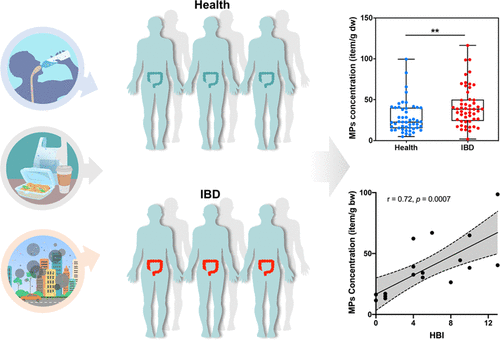Heavy Metals and Plastic Residue Found in Many CBD Products
/By Pat Anson, PNN Editor
Yet another study has found evidence that cannabidiol (CBD) products are frequently mislabeled, with over half of the edibles and topicals tested containing significantly more or less CBD than their labels indicated. Researchers at the University of Miami School of Medicine also found that many CBD products are contaminated with low-levels of heavy metals and plastic chemicals.
“Because the cannabis plant is recognized as a bioaccumulator, which is highly effective at absorbing and retaining contaminants (e.g., heavy metals) in soil, it is important to characterize the degree of contamination in CBD products and their label accuracy to better estimate potential health benefits and risks associated with consumption,” researchers explained in the journal The Science of the Total Environment.
Investigators analyzed 516 CBD products that were purchased online or at retail stores and had them tested at Ellipse Analytics in Denver. About a quarter of the CBD products were edibles.
Less than half of all the products tested had CBD concentrations within 10% of their label claims. Forty percent of the products contained significantly less CBD than claimed by the manufacturer, while 18% contained significantly more CBD.
Of the edible products analyzed, 42% tested positive for the presence of lead, 37% tested positive for mercury, 28% tested positive for arsenic, and 8% tested positive for cadmium. Most contained only trace amounts of heavy metals, but four edibles had lead levels that exceeded California’s recommended limit for daily lead consumption.
THE SCIENCE OF THE TOTAL ENVIRONMENT
Many of the edibles also contained low levels of plastic chemicals – known as phthalates – that are designed to make plastics more flexible. Phthalates leach off plastic and have become pervasive in the air, soil and water. Some phthalates have affected the reproductive systems of animals, although their impact on human health is not clear.
The percentage of CBD edibles with detectable phthalate concentrations ranged from 13% to 80% across four phthalates, with DEHP being the most prevalent. DEHP has been linked to cancer, birth defects and other reproductive harm. Federal law prohibits the manufacture and sale of children’s toys and child care products containing DEHP at levels greater than 0.1%.
“Low-level contamination of edible CBD products with heavy metals and phthalates is pervasive. There is substantial discrepancy between the product label claims for CBD potency and the amount measured in both edible and topical products, underscoring the need for tight regulations for CBD product label integrity to protect consumers,” researchers concluded.
“Given that the consumer demographic purchasing CBD products includes those afflicted with pain, insomnia, anxiety, and other health conditions, these findings could give consumers and medical practitioners hesitation about the benefits and potential harm of CBD use.”
The study was funded by Jazz Pharmaceuticals and the Clean Label Project, a non-profit that seeks to improve food and consumer product labeling.
Previous studies have also found that many CBD products are mislabeled. A recent study at the University of Kentucky College of Medicine found that only half of the CBD oil products had concentrations of cannabidiols that were within 10% of their label claims. Researchers also found that most CBD oils contained trace amounts of THC (tetrahydrocannabinol), the psychoactive substance in cannabis, including some oils that were labeled "THC Free."





